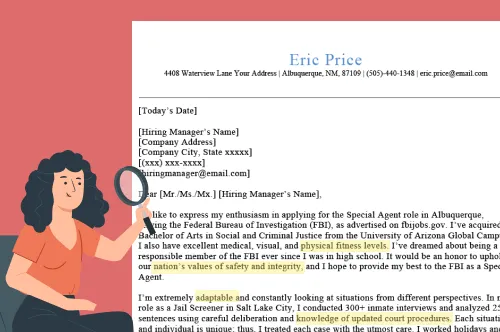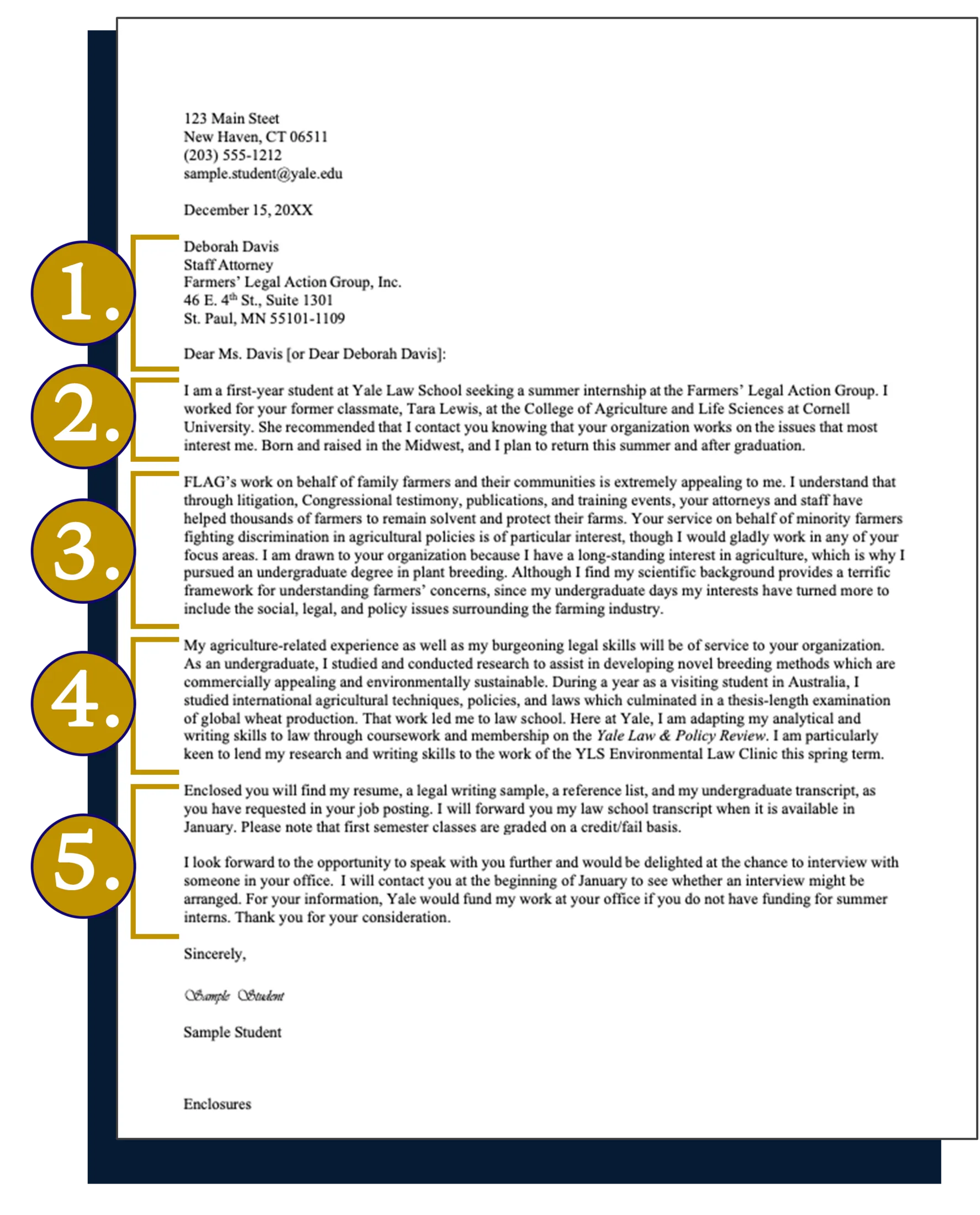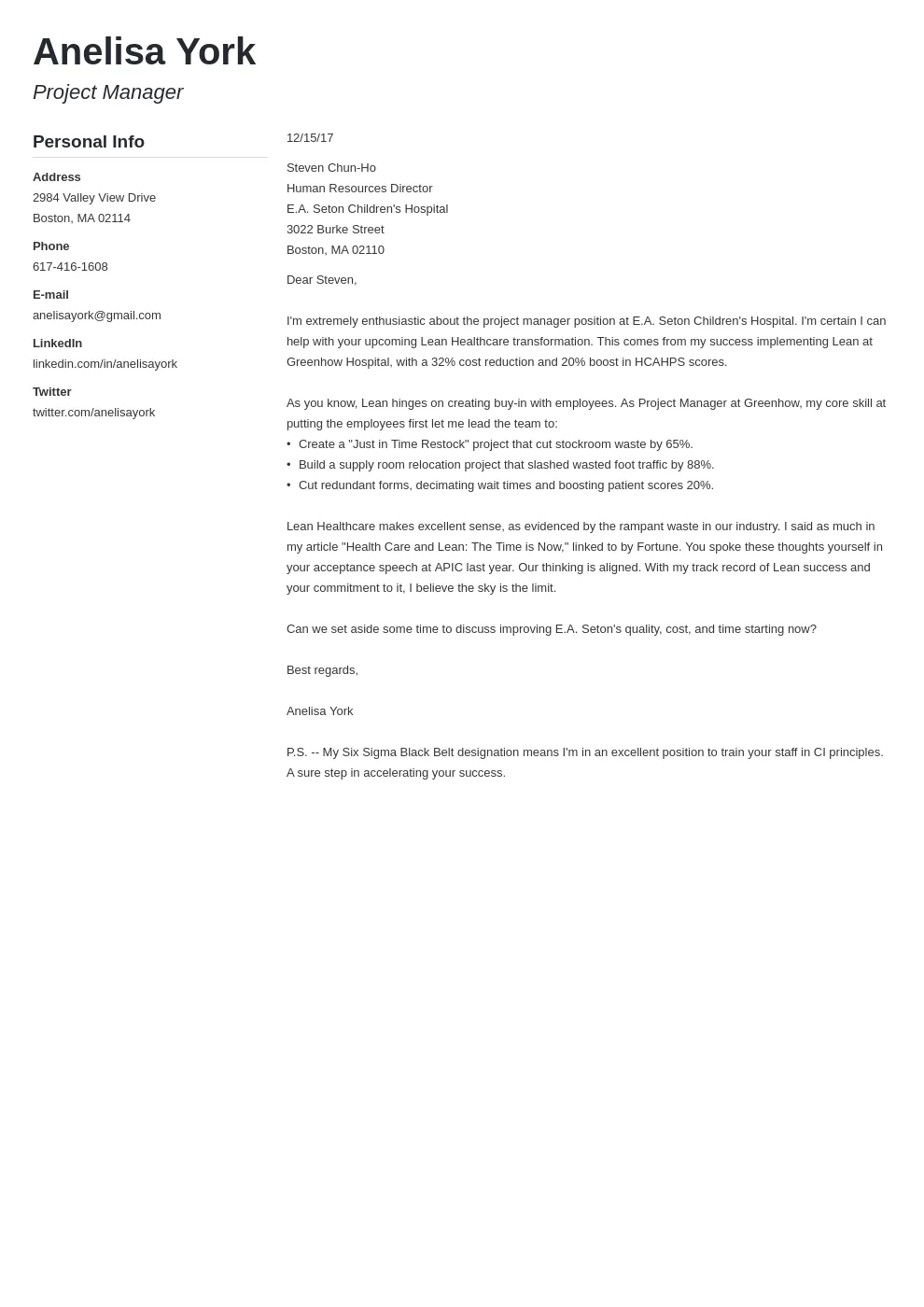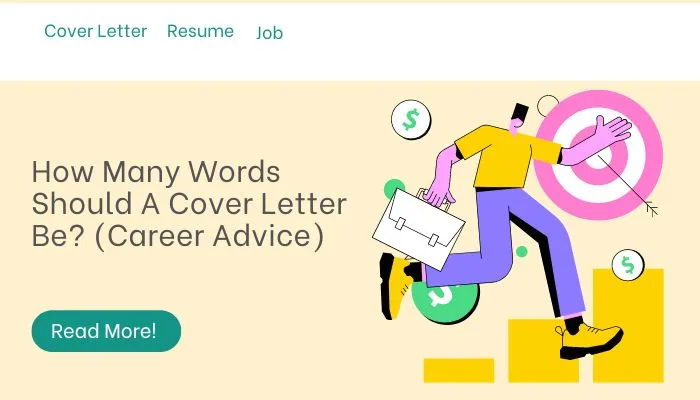Understanding Cover Letter Length Best Practices
The cover letter, often the first point of contact between a job applicant and a potential employer, is crucial for making a positive impression. However, many job seekers struggle with determining the optimal length for this important document. Striking the right balance is essential; too short, and you risk not conveying enough information; too long, and you risk losing the reader’s attention. Understanding the best practices for cover letter length can significantly increase your chances of landing an interview and ultimately, the job. This guide delves into the key aspects of cover letter length, offering practical tips and insights to help you craft a compelling and effective cover letter.
Why Cover Letter Length Matters
The length of your cover letter plays a vital role in how it’s perceived by hiring managers. A well-crafted cover letter should capture attention, highlight relevant skills, and demonstrate your enthusiasm for the position. An overly long letter can be seen as a sign of poor communication skills, a lack of focus, or an inability to distill your qualifications effectively. Conversely, a cover letter that is too brief might not provide enough detail to convince the employer of your suitability for the role. The aim is to strike a balance, providing enough information to showcase your value without overwhelming the reader.
Impact of Length on Applicant Perception

The length of your cover letter affects how hiring managers perceive you. A concise and well-written cover letter often conveys professionalism, respect for the reader’s time, and strong communication abilities. It suggests that you are organized and able to focus on what’s most important. A rambling or excessively long cover letter can give the impression that you are disorganized, lack focus, or have difficulty prioritizing information. It may also suggest that you are not aware of professional norms or lack an understanding of the role’s requirements. Always be mindful of the first impression your cover letter makes and strive for an impact that is clear, concise, and compelling.
Avoiding Common Length Pitfalls
Several common mistakes can lead to an unsuitable cover letter length. One of the most common is including too much irrelevant information. Focus on what’s pertinent to the job. Avoid generic phrases that don’t add value. Another pitfall is writing in overly long paragraphs, which can make the letter feel dense and difficult to read. Ensure your cover letter is free of grammatical errors and typos, as these can distract from your message and give a negative impression. Finally, neglecting to tailor your cover letter to each specific job application is a frequent error. Sending a generic cover letter to multiple employers suggests a lack of effort and enthusiasm.
Top 5 Cover Letter Length Tips
Keep It Concise

Aim for brevity. A cover letter should typically be no more than one page long. Get straight to the point, highlighting your key qualifications and enthusiasm. Be selective about what you include; every sentence should contribute to making a strong case for your candidacy. The ideal word count is usually between 250-400 words, depending on the specific requirements of the role and your experience. Concise writing demonstrates respect for the reader’s time and keeps their attention focused on your core skills and accomplishments.
Focus on Relevant Information
Concentrate on the qualifications, skills, and experiences that are most relevant to the job description. Carefully review the job posting and identify the key requirements. Tailor your cover letter to highlight the skills and accomplishments that directly address these requirements. Avoid including information that is not directly relevant. This focused approach ensures your cover letter is highly targeted and demonstrates a clear understanding of the employer’s needs. Highlight how your skills and experience meet their needs.
Tailor to the Specific Job
Never send a generic cover letter. Customize your cover letter for each job application. Research the company and the role, and address the hiring manager by name, if possible. Show that you understand the company’s mission and the specific requirements of the position. Refer to the job description to identify the key skills and experiences the employer is seeking. This targeted approach demonstrates your genuine interest in the position and increases your chances of making a positive impression.
Use Strong Action Verbs

Use powerful action verbs to describe your accomplishments and skills. Action verbs make your cover letter more engaging and demonstrate your capabilities effectively. Instead of saying “Responsible for managing projects,” use phrases like “Led project teams” or “Successfully managed project budgets.” This approach helps the reader quickly grasp your achievements. By using impactful verbs, you can make your cover letter more memorable and showcase your value as a candidate.
Proofread Carefully
Thoroughly proofread your cover letter for any grammatical errors, typos, or inconsistencies. Errors can detract from your professionalism and make a negative impression. Review your cover letter multiple times, preferably on different days, as it helps catch any mistakes you might have missed. Consider asking a friend or colleague to review your cover letter as a second set of eyes can catch errors you may have overlooked. Ensure the letter is well-formatted, with proper spacing and clear paragraphs, for maximum readability.
Best Cover Letter Length: Word Count Guidelines
General Word Count Recommendations

The recommended word count for a cover letter typically falls between 250 and 400 words. This range allows you to provide enough detail to showcase your qualifications without overwhelming the reader. However, this is just a guideline, and the ideal length can vary depending on the job and your experience. Entry-level positions might require a shorter letter, while senior roles may allow for a slightly longer one, especially if you have significant achievements to highlight. The key is to be concise while still providing the necessary information.
Considerations for Different Industries
The ideal cover letter length can differ slightly depending on the industry. For example, in more formal fields like law or finance, a slightly more formal and detailed cover letter might be expected. In creative industries like marketing or design, you may have more flexibility to demonstrate your style and creativity, but still should be concise. Always tailor your cover letter to the norms and expectations of the specific industry and the specific company to ensure it fits the context.
Tips to Stay Within the Recommended Word Count
To stay within the recommended word count, be selective about what you include. Focus on your most relevant qualifications and accomplishments. Use concise language, avoiding unnecessary words or phrases. Prioritize clarity and precision in your writing. Use short, impactful sentences and avoid long paragraphs. Review and edit your cover letter multiple times, eliminating any unnecessary information or redundant phrases. Consider using bullet points to highlight key skills or achievements.
Cover Letter Formatting for Optimal Length

Font Selection and Size
Choose a professional and readable font, such as Times New Roman, Arial, or Calibri. Keep the font size between 10 and 12 points to ensure the text is easily legible. A well-chosen font and font size contribute to the overall presentation and make the cover letter easier to read. Avoid overly decorative fonts, which can appear unprofessional. Consistency in font and size throughout the cover letter creates a polished and professional appearance.
Margins and Spacing
Use standard 1-inch margins on all sides of your cover letter. Ensure proper spacing between paragraphs and sections to enhance readability. Single-space within paragraphs and double-space between paragraphs. This formatting ensures your cover letter looks clean, organized, and easy on the eye. Adequate spacing prevents the letter from appearing cramped and overwhelming, making it more pleasant for the reader to review.
Paragraph Structure

Organize your cover letter into clear and concise paragraphs. Each paragraph should focus on a single idea or topic. Use an introduction to state your purpose, a few body paragraphs to highlight your skills and experience, and a concise conclusion. Keep your paragraphs short and to the point to make it easy for the reader to quickly grasp the key information. Use topic sentences to start each paragraph. This structure helps create a clear and logical flow. Properly structured paragraphs improve readability and make your cover letter more compelling.
When to Exceed or Adjust Length
Exceptional Circumstances
There are situations where you might consider deviating slightly from the standard length guidelines. For instance, if you have extensive experience and numerous significant accomplishments, you might need a few more words to effectively convey your value. However, even in these cases, prioritize brevity and focus. Always ensure the extra content is highly relevant and adds significant value. Before sending, carefully review the content, making sure every sentence contributes meaningfully to your overall case.
Adjusting Length for Seniority
As your career progresses, you may have more experience and achievements to showcase. Senior-level candidates often have a wider scope of responsibilities and a more extensive track record. In such cases, slightly longer cover letters may be acceptable. However, the same principles of conciseness and relevance apply. Prioritize the most important information and avoid including unnecessary details. Keep the focus on demonstrating how your expertise and skills align with the job requirements. Tailor your length to suit the expectations of the role and the industry.
Conclusion
Mastering cover letter length is a key element of a successful job application. By understanding the importance of conciseness, focusing on relevant information, and adhering to formatting best practices, you can create a cover letter that grabs attention and increases your chances of getting hired. Remember to tailor each cover letter to the specific job and the industry. Always proofread carefully before submitting. A well-crafted cover letter is a powerful tool that can make a lasting impression on potential employers.
